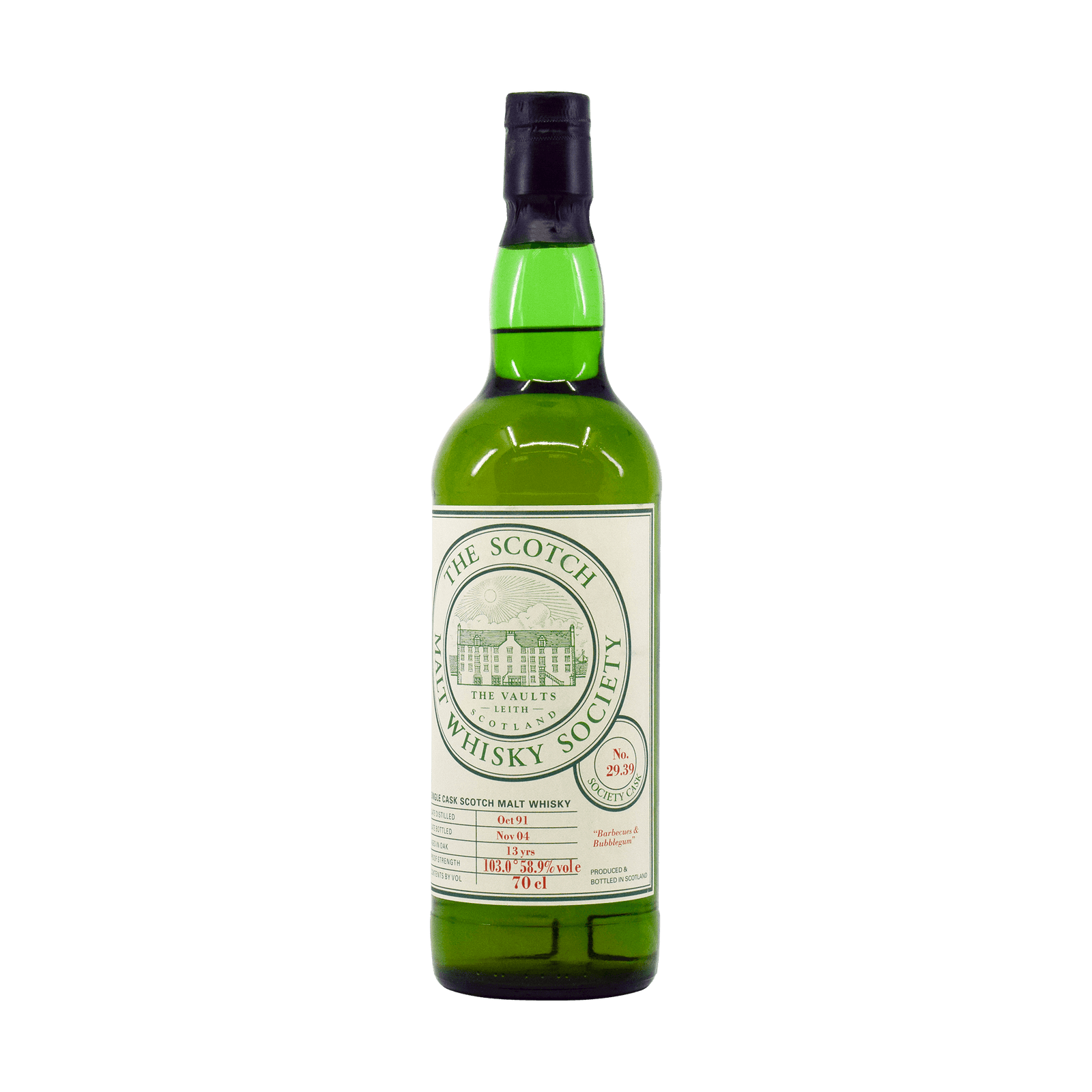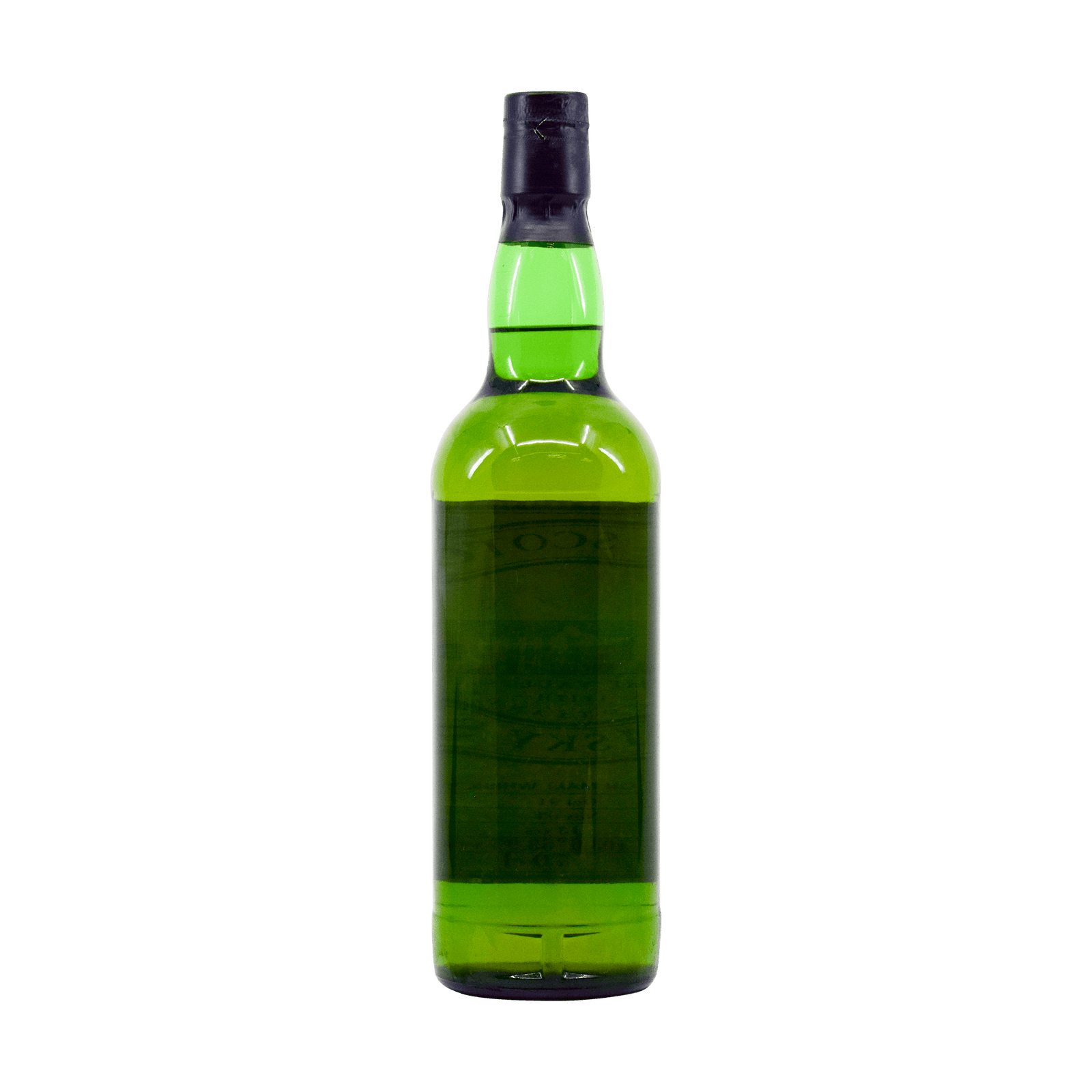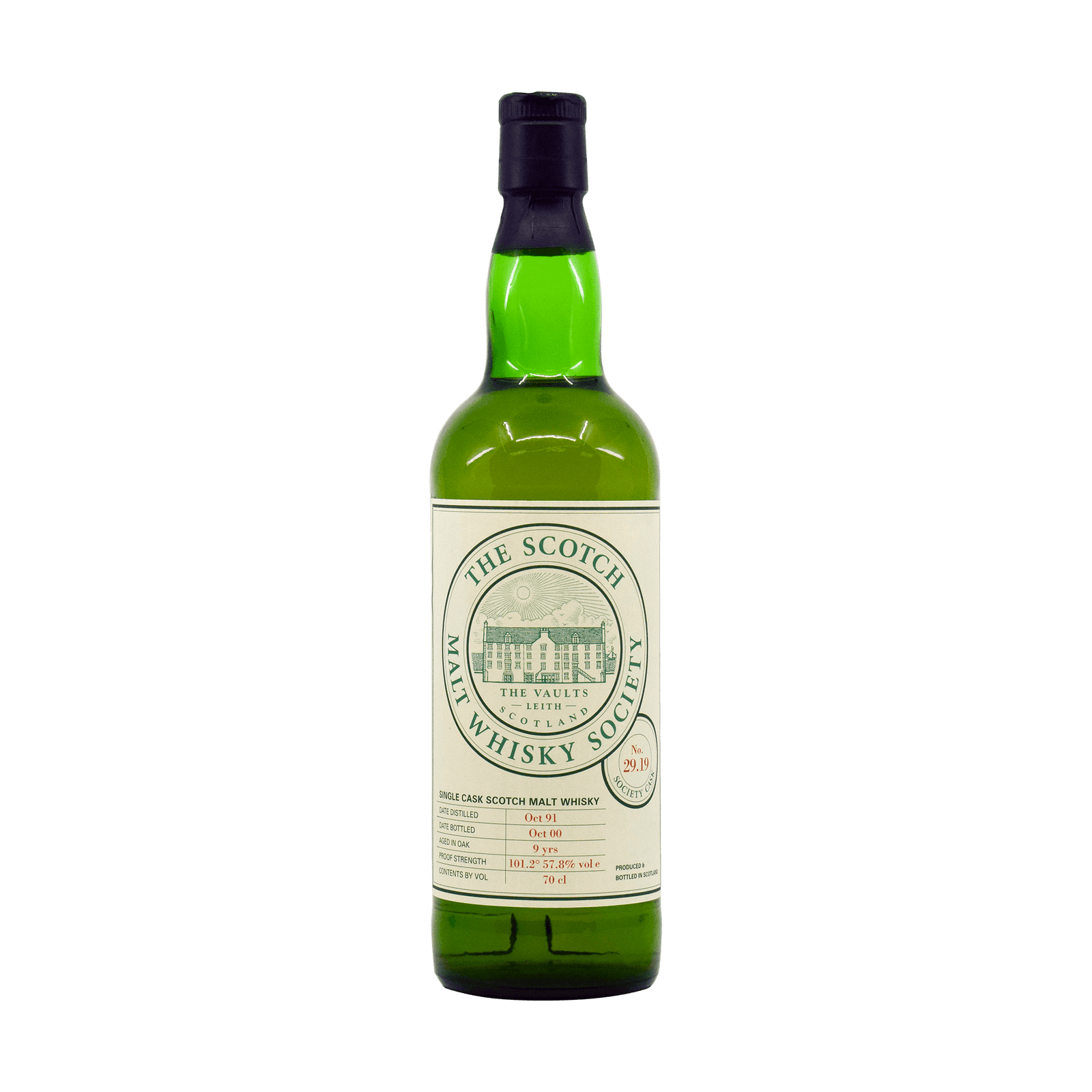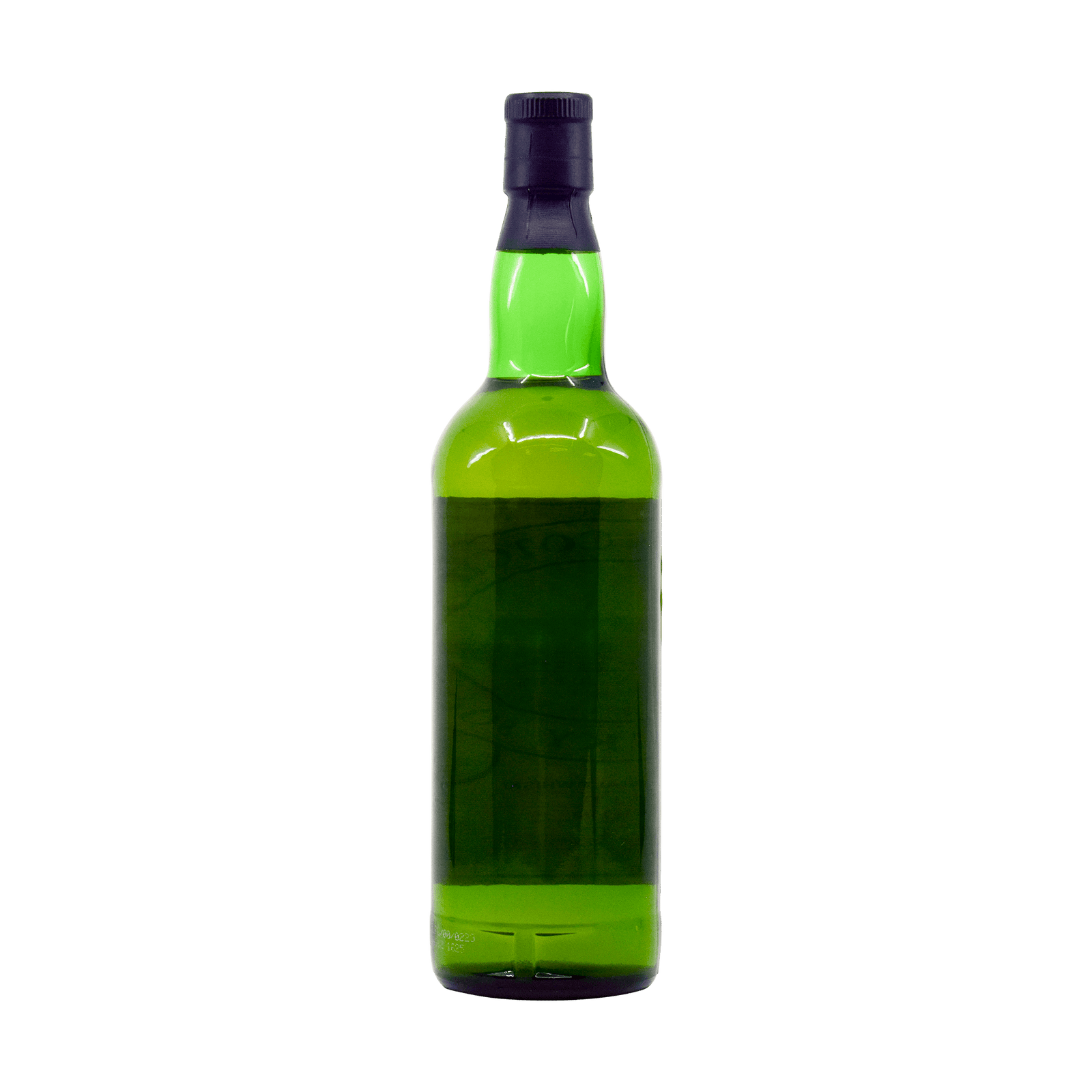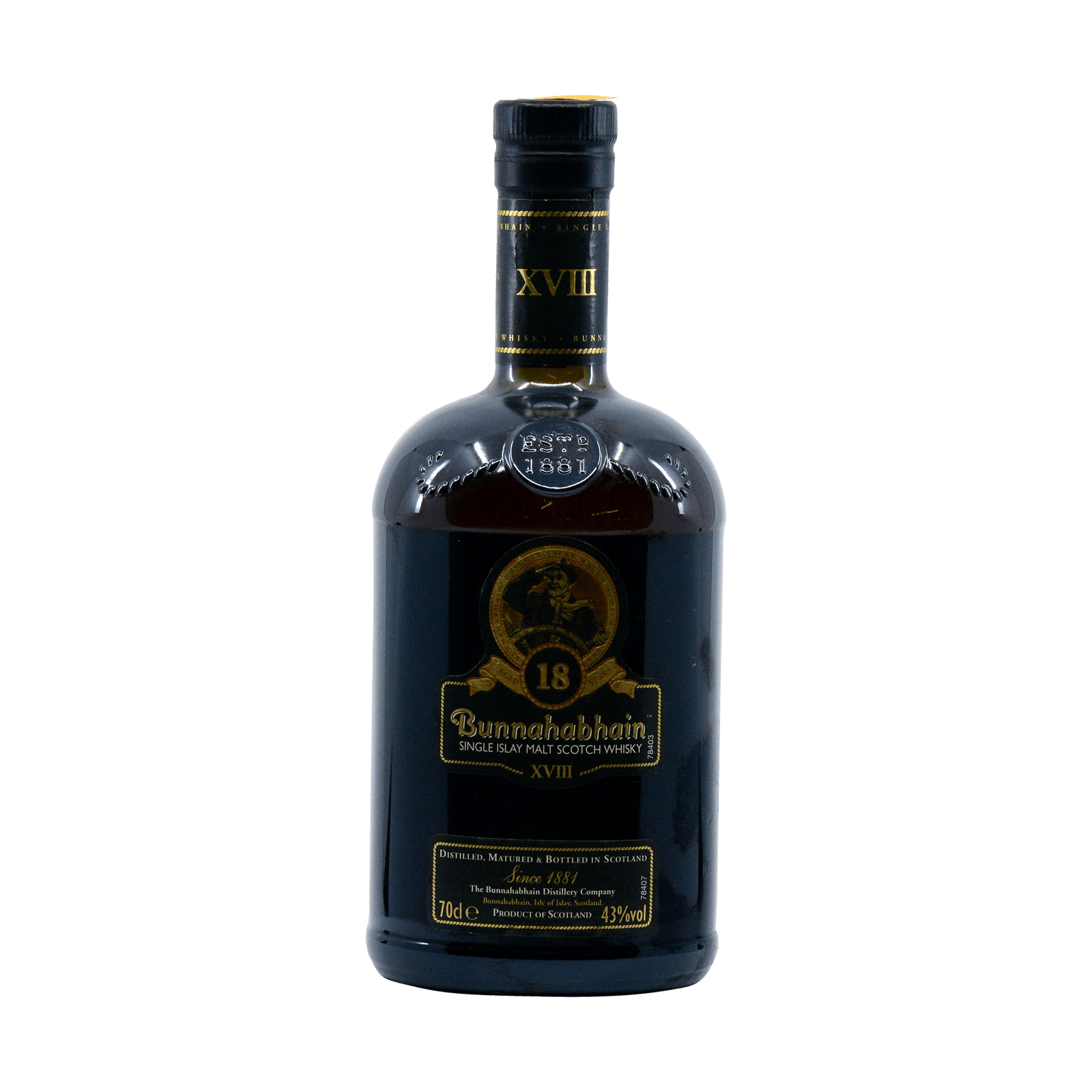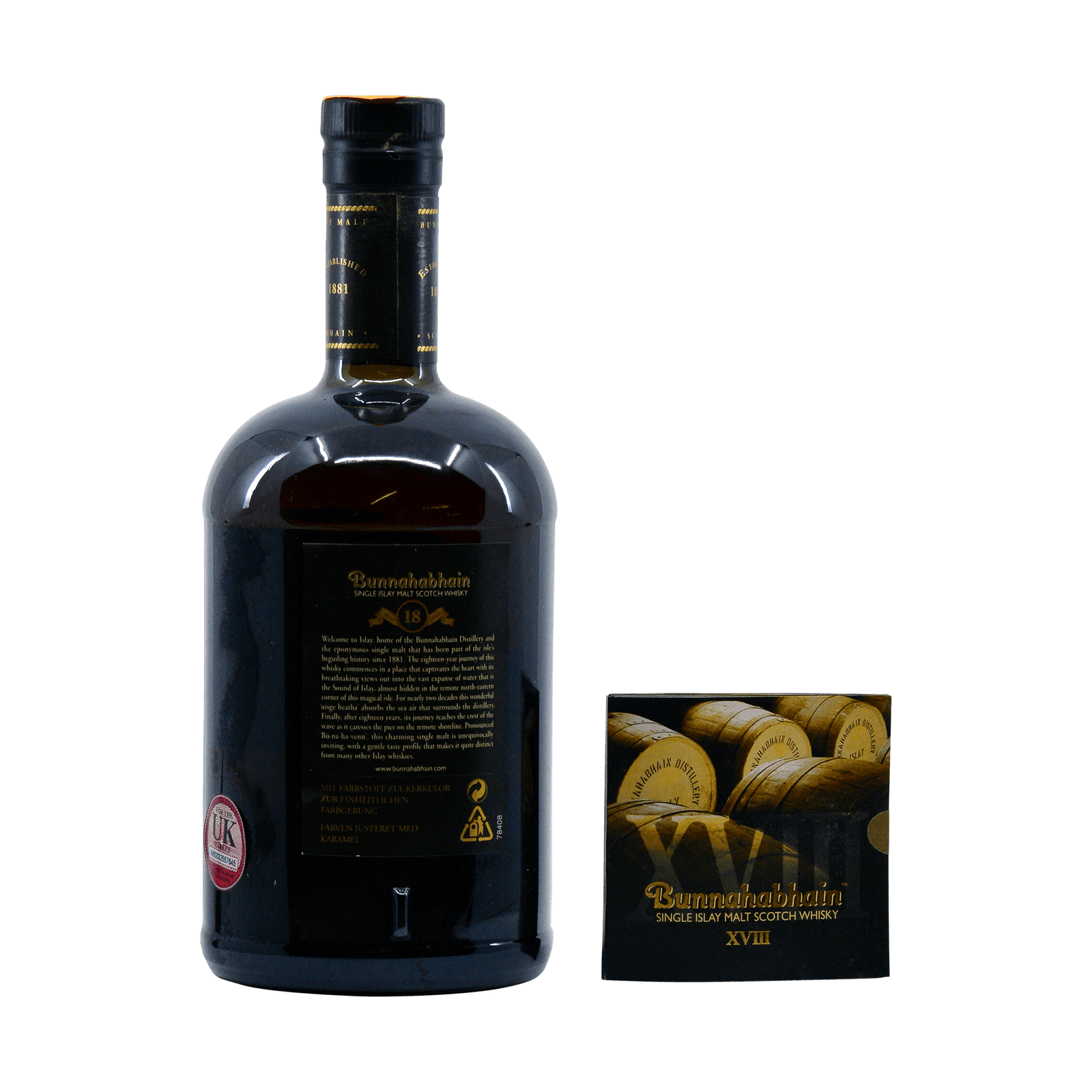SCOTCH WHISKY
- ABERFELDY
- ARRAN
- BALBLAIR
- BEN NEVIS
- BEN WYVIS
- BLAIR ATHOL
- BRORA
- CLYNELISH
- CROFTENGEA
- DALMORE
- DALWHINNIE
- GLEN MHOR
- GLEN ORD
- GLENDRONACH
- GLENESK
- GLENGOYNE
- GLENLOCHY
- GLENMORANGIE
- GLENTURRET
- HIGHLAND PARK
- ISLE OF JURA
- LEDAIG
- NORTH PORT
- OBAN
- OLD RHOSDHU
- PULTENEY
- SCAPA
- TALISKER
- TEANINICH
- TOMATIN
- TULLIBARDINE
- ABERLOUR
- ALLT A BHAINNE
- AN CNOC
- ARDMORE
- AUCHROISK
- AULTMORE
- BALMENACH
- BALVENIE
- BANFF
- BENRIACH
- BENRINNES
- BENROMACH
- BRAEVAL
- CAPERDONICH
- COLEBURN
- CONVALMORE
- CRAGGANMORE
- CRAIGELLACHIE
- DAILUAINE
- DALLAS DHU
- DUFFTOWN
- GLEN AVON
- GLEN ELGIN
- GLEN GRANT
- GLEN KEITH
- GLEN MHOR
- GLEN MORAY
- GLEN SPEY
- GLENBURGIE
- GLENDULLAN
- GLENFARCLAS
- GLENFIDDICH
- GLENLIVET
- GLENLOSSIE
- GLENROTHES
- GLENTAUCHERS
- IMPERIAL
- INCHGOWER
- KININVIE
- KNOCKANDO
- KNOCKDHU
- LINDORES ABBEY
- LINKWOOD
- LOCHSIDE
- LONGMORN
- MACALLAN
- MACDUFF
- MACPHAIL'S
- MANNOCHMORE
- MILTONDUFF
- MORTLACH
- MOSSTOWIE
- NORTH BRITISH
- PITTYVAICH
- ROYAL BRACKLA
- SPEYSIDE
- STRATHISLA
- STRATHMILL
- TAMDHU
- TAMNAVULIN
- TOMINTOUL
- ABERFELDY
- ARRAN
- BALBLAIR
- BEN NEVIS
- BEN WYVIS
- BLAIR ATHOL
- BRORA
- CLYNELISH
- CROFTENGEA
- DALMORE
- DALWHINNIE
- GLEN MHOR
- GLEN ORD
- GLENDRONACH
- GLENESK
- GLENGOYNE
- GLENLOCHY
- GLENMORANGIE
- GLENTURRET
- HIGHLAND PARK
- ISLE OF JURA
- LEDAIG
- NORTH PORT
- OBAN
- OLD RHOSDHU
- PULTENEY
- SCAPA
- TALISKER
- TEANINICH
- TOMATIN
- TULLIBARDINE
- ABERLOUR
- ALLT A BHAINNE
- AN CNOC
- ARDMORE
- AUCHROISK
- AULTMORE
- BALMENACH
- BALVENIE
- BANFF
- BENRIACH
- BENRINNES
- BENROMACH
- BRAEVAL
- CAPERDONICH
- COLEBURN
- CONVALMORE
- CRAGGANMORE
- CRAIGELLACHIE
- DAILUAINE
- DALLAS DHU
- DUFFTOWN
- GLEN AVON
- GLEN ELGIN
- GLEN GRANT
- GLEN KEITH
- GLEN MHOR
- GLEN MORAY
- GLEN SPEY
- GLENBURGIE
- GLENDULLAN
- GLENFARCLAS
- GLENFIDDICH
- GLENLIVET
- GLENLOSSIE
- GLENROTHES
- GLENTAUCHERS
- IMPERIAL
- INCHGOWER
- KININVIE
- KNOCKANDO
- KNOCKDHU
- LINDORES ABBEY
- LINKWOOD
- LOCHSIDE
- LONGMORN
- MACALLAN
- MACDUFF
- MACPHAIL'S
- MANNOCHMORE
- MILTONDUFF
- MORTLACH
- MOSSTOWIE
- NORTH BRITISH
- PITTYVAICH
- ROYAL BRACKLA
- SPEYSIDE
- STRATHISLA
- STRATHMILL
- TAMDHU
- TAMNAVULIN
- TOMINTOUL

Islay
Islay currently has eight producing distilleries; creating some of the most famous and well known of all the whiskies available. It’s fair to say that Islay (pronounced ‘eye-luh’) lives and breathes whisky, indeed most of the island’s population are involved in its production in some way either through agriculture, distillation or distribution.
It is even believed that it is one of the first places that monks began to distil the uisge beatha, during the early 14th century. This was due to the near perfect coalescing of several elements; excellent soil (for growing barley), peat (for fuel) and a regular source of pure water.
The island itself very much drives the flavour of the whisky produced there, Islay is largely composed of peat – most of its water is brown due to this abundance – while winter gales often blow sea salt spray far inland, adding briney notes to the already smokey character of the peat.
Not all whiskies on Islay are massively peaty. To a large extent, both Bunnahabhain and Bruchladdich are very mildly peated or not peated at all.
Typical style: big and smokey (with the exception of the aforementioned Bunnahabhain and Bruichladdich).
The main active distilleries on Islay are Ardbeg, Bowmore, Bruichladdich, Bunnahabhain, Caol Ila, Kilchoman, Lagavulin, and Laphroaig.
In October 2017, it was announced that the Port Ellen distillery (closed/mothballed in 1983) will reopen in 2020. It is suggested the first new release might be a 12 year old expression, i.e. in 2032, but have left the door open for possibly earlier releases.




































